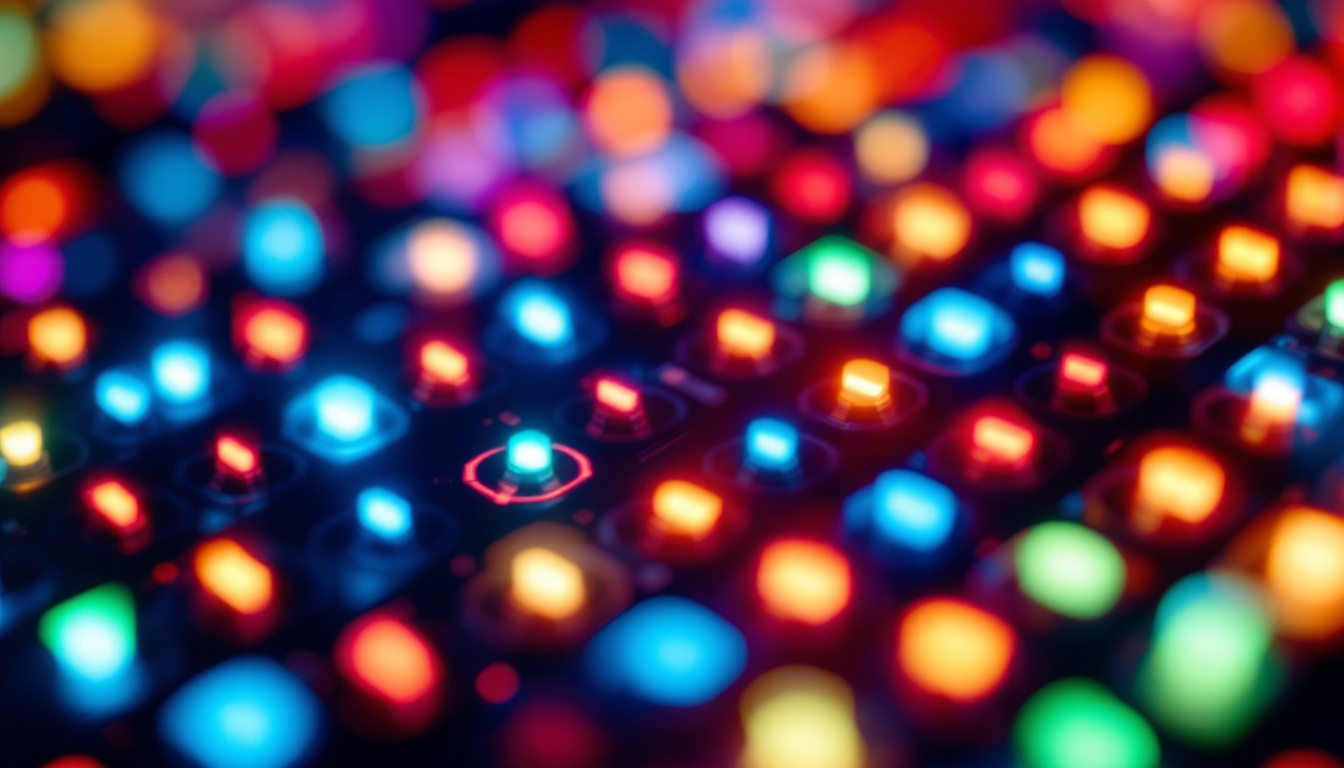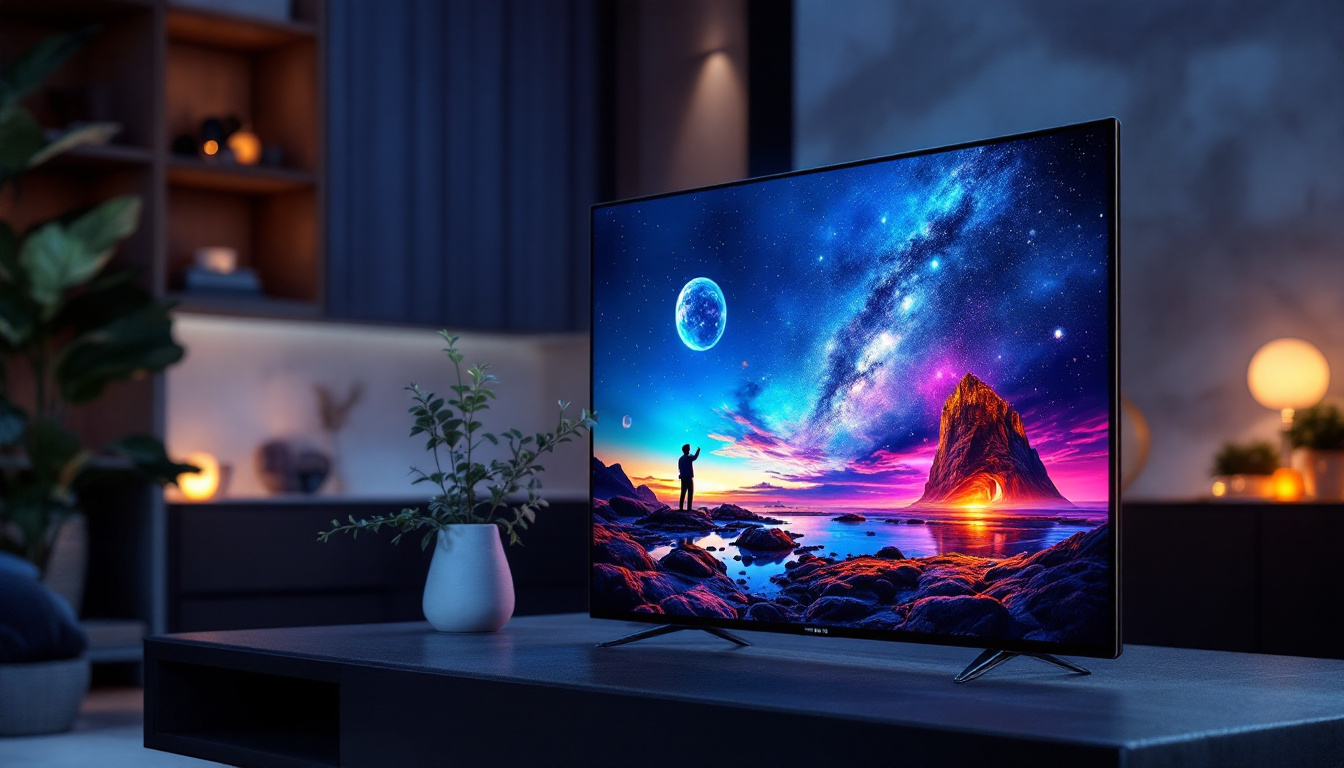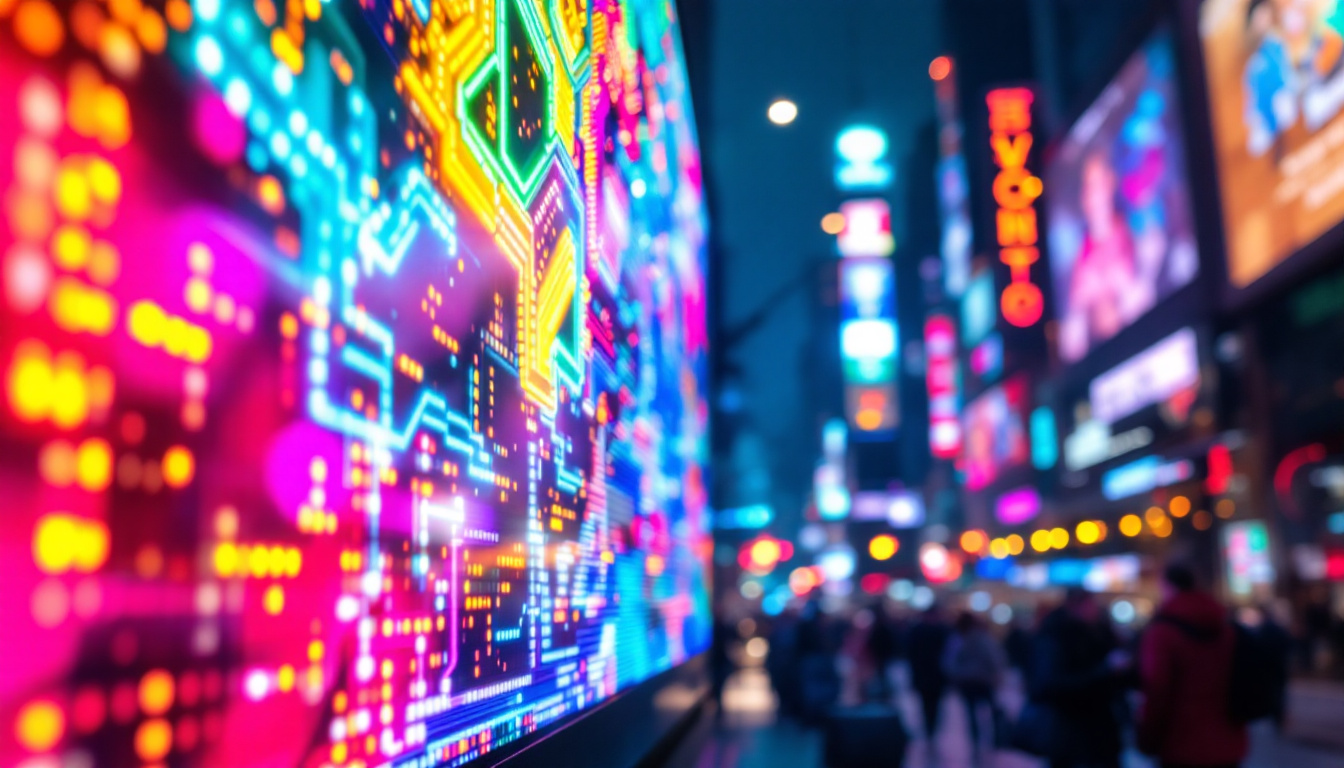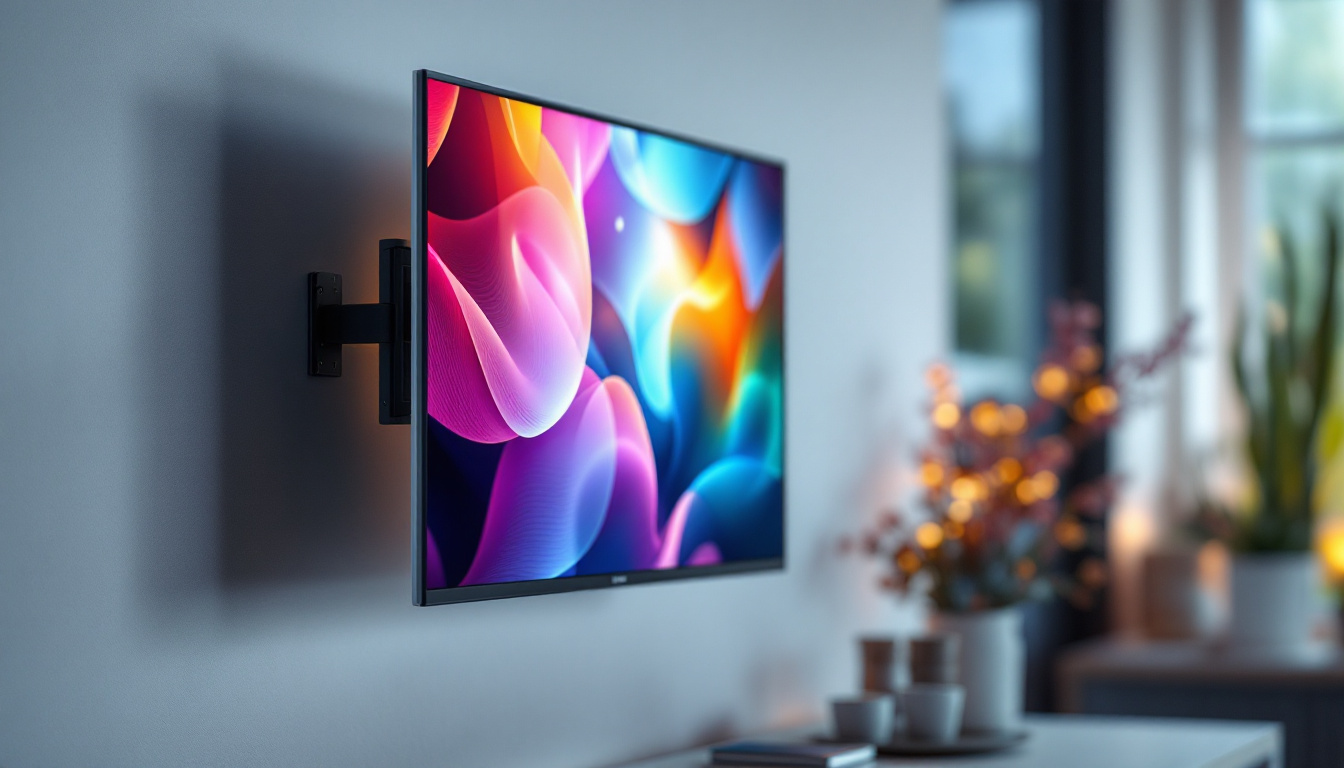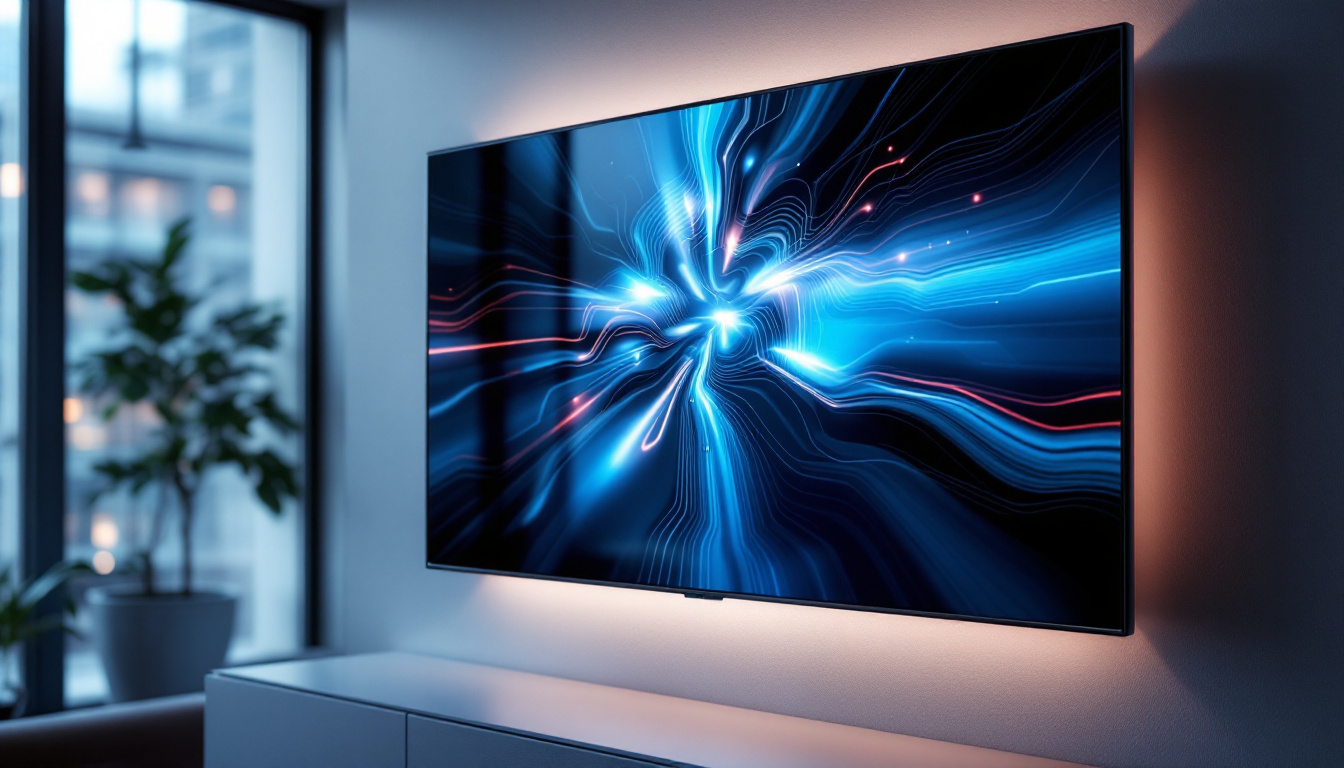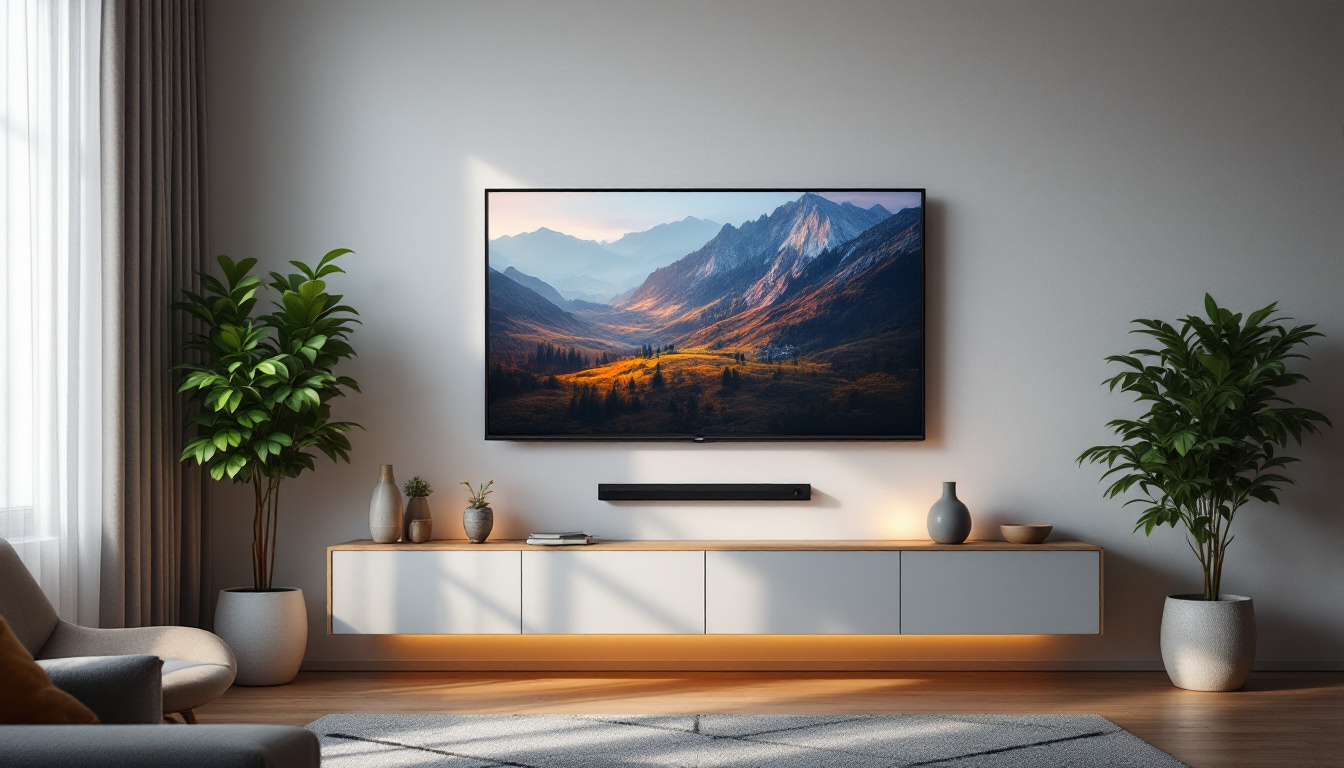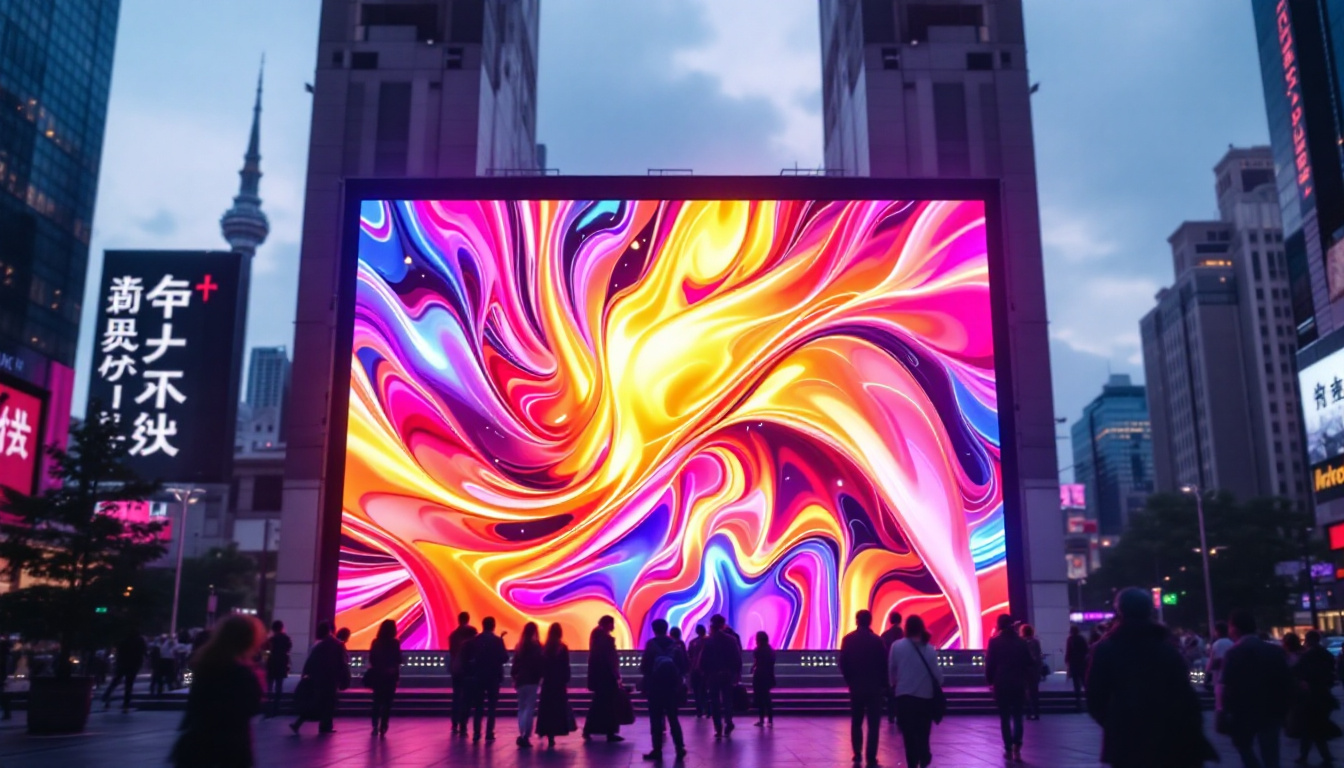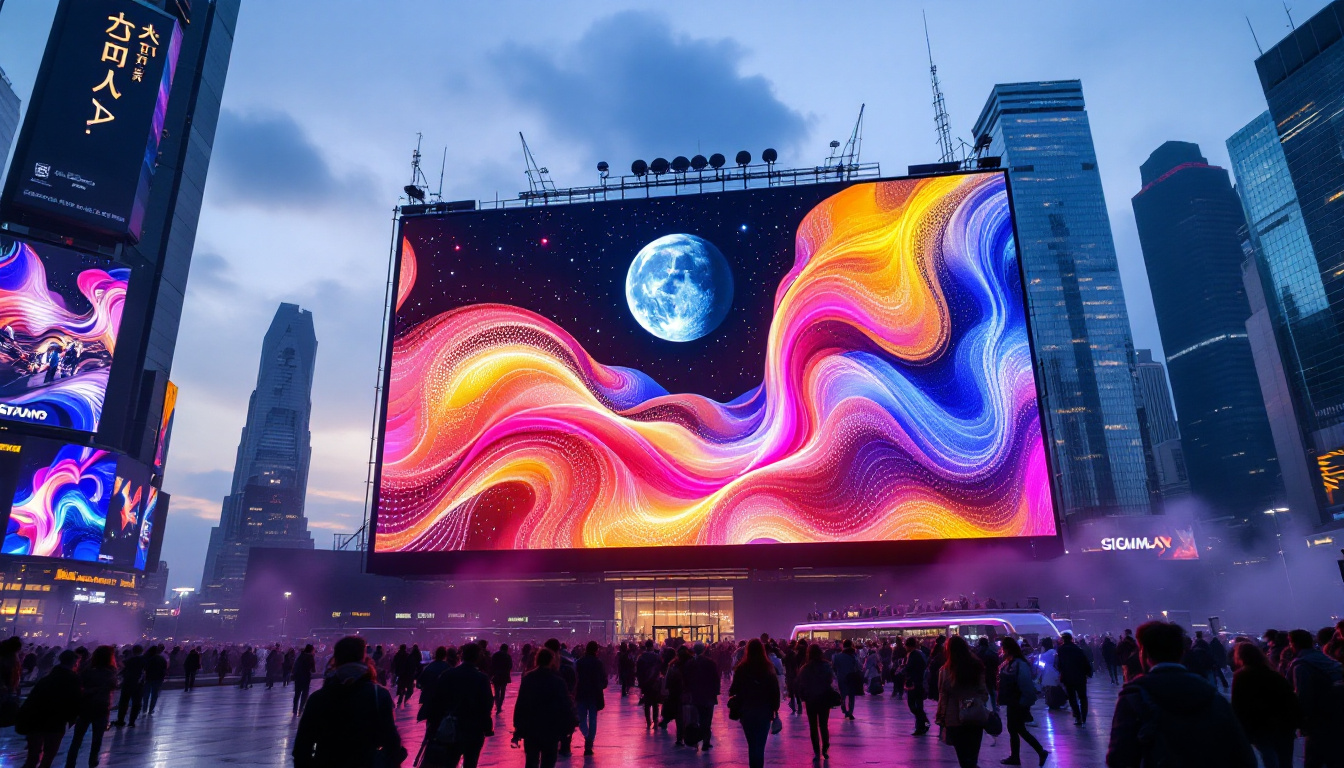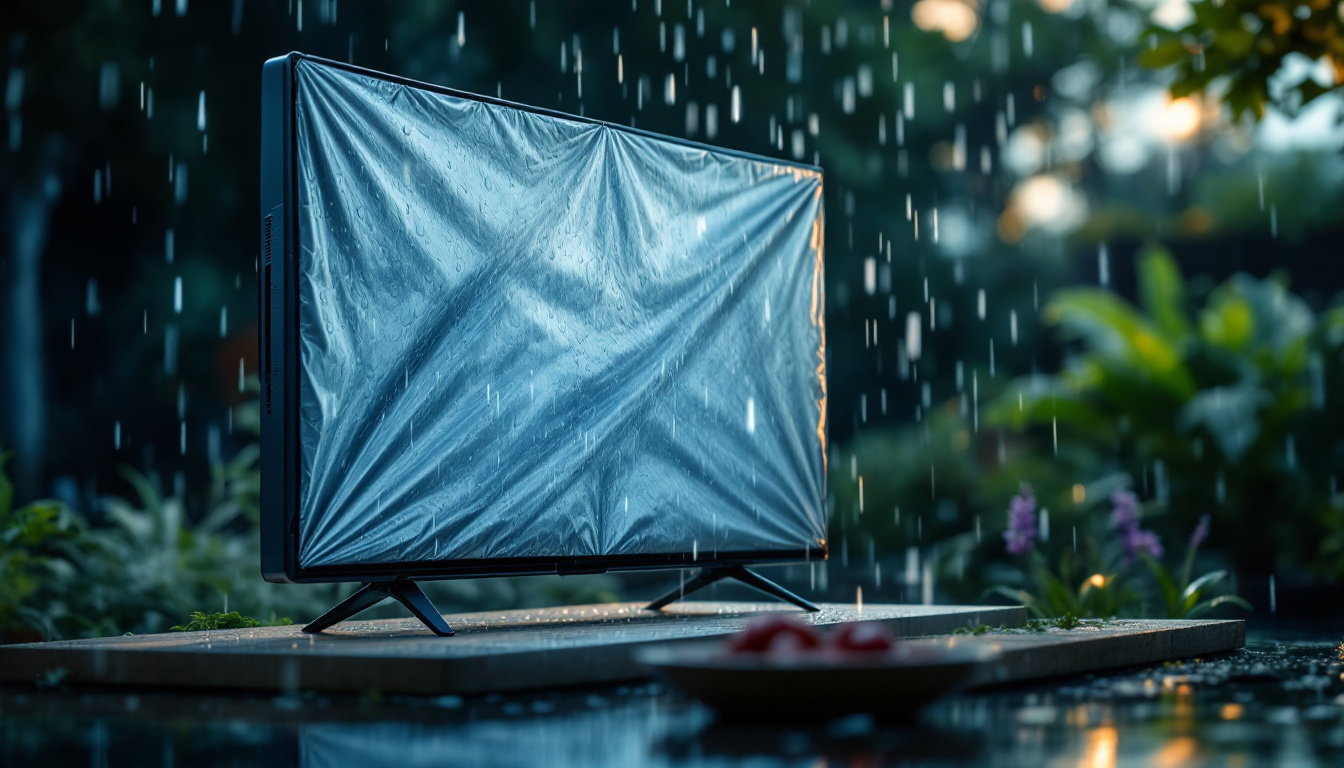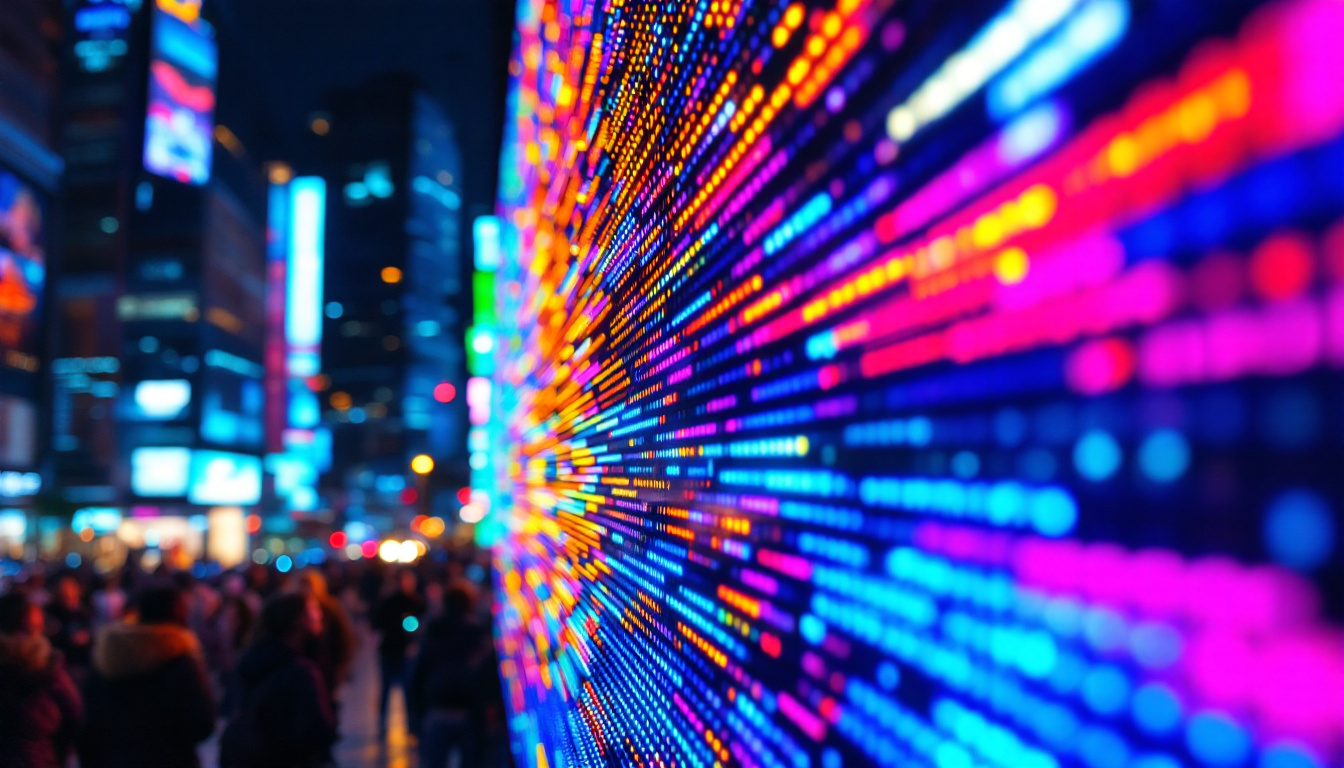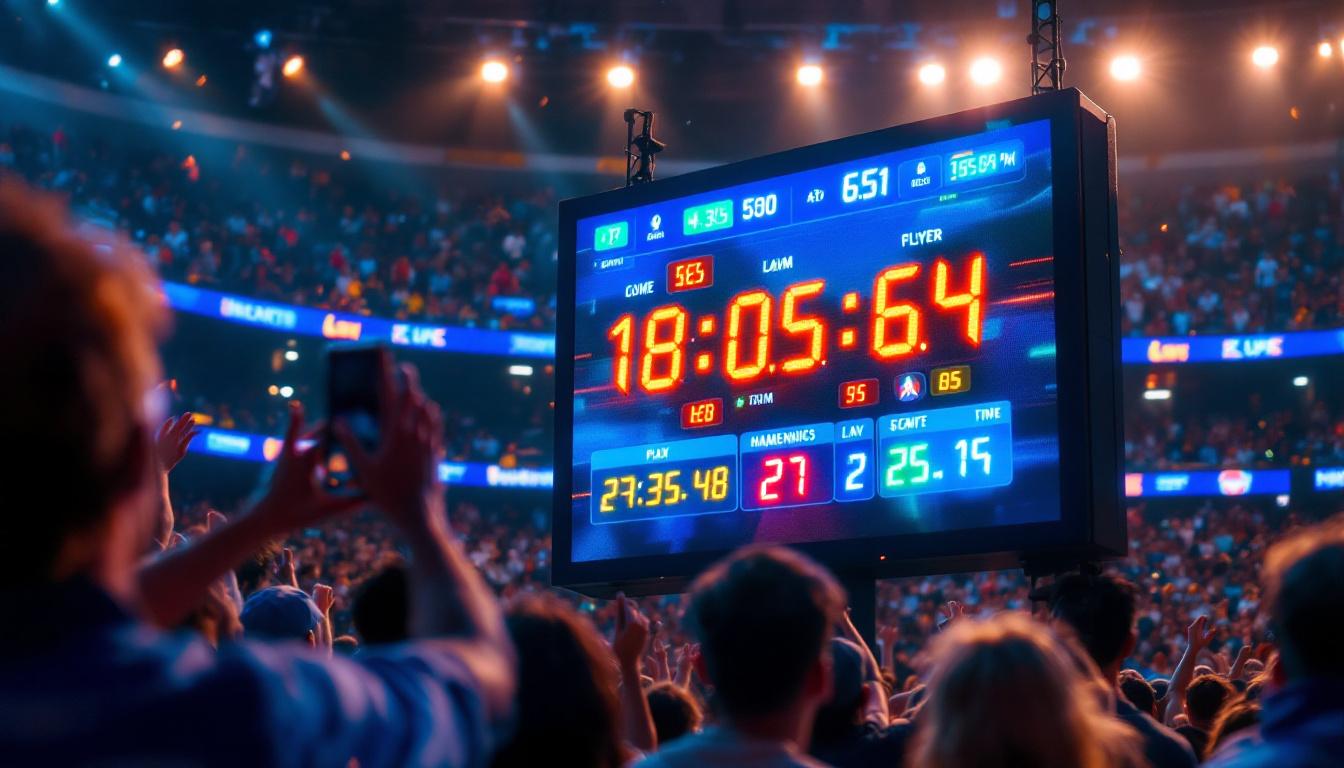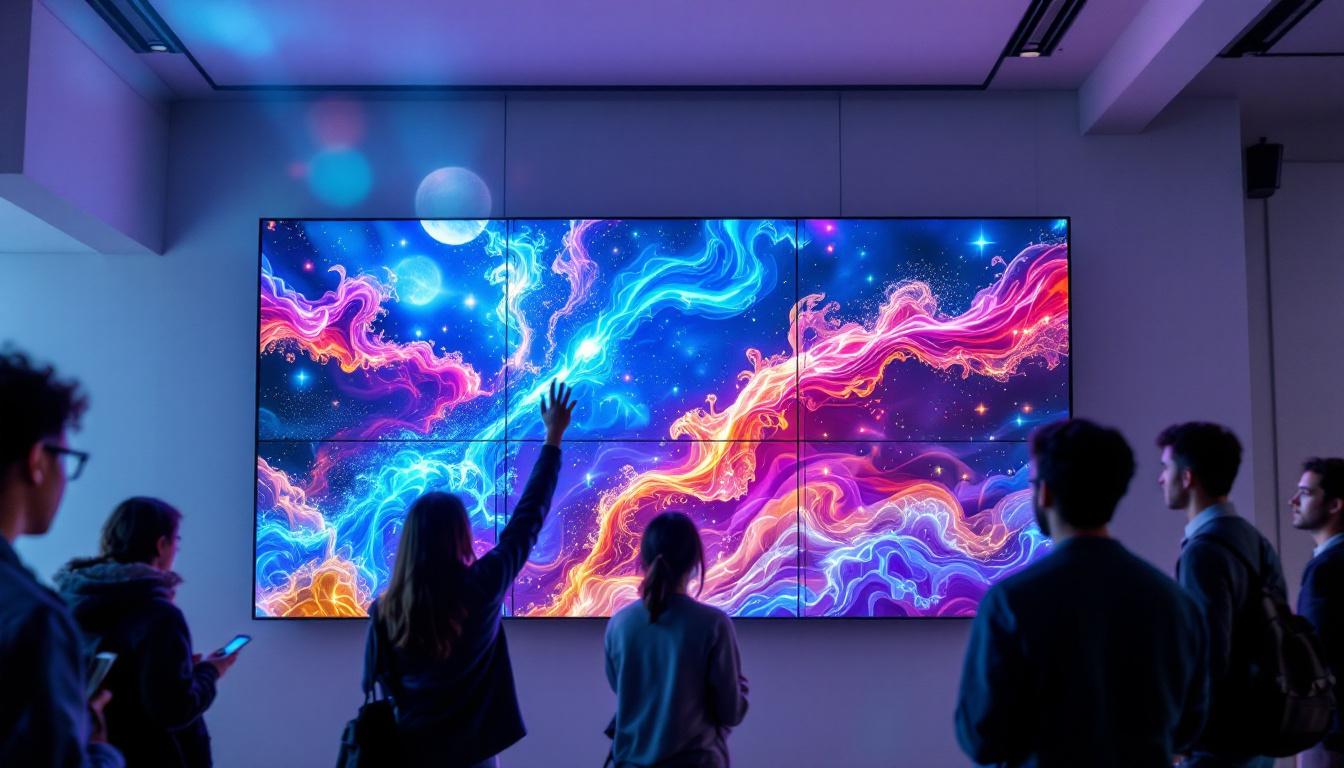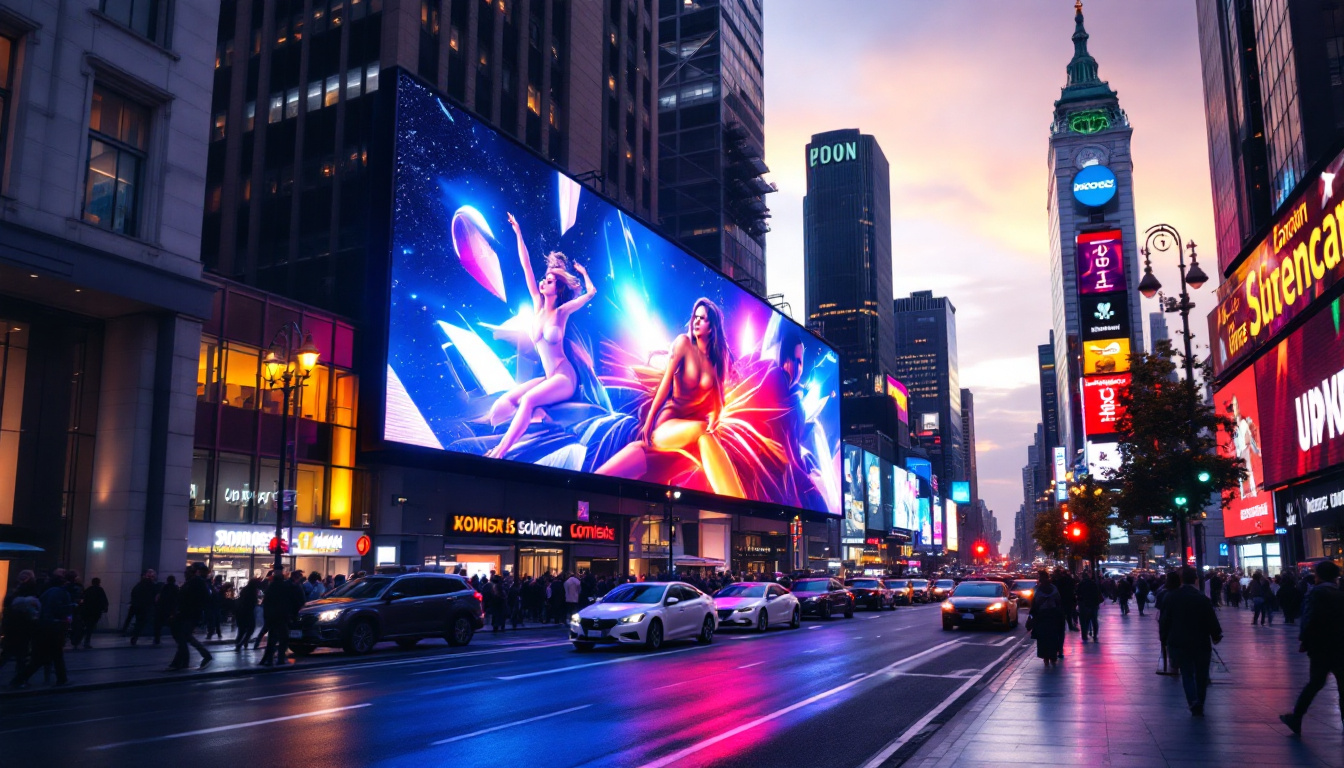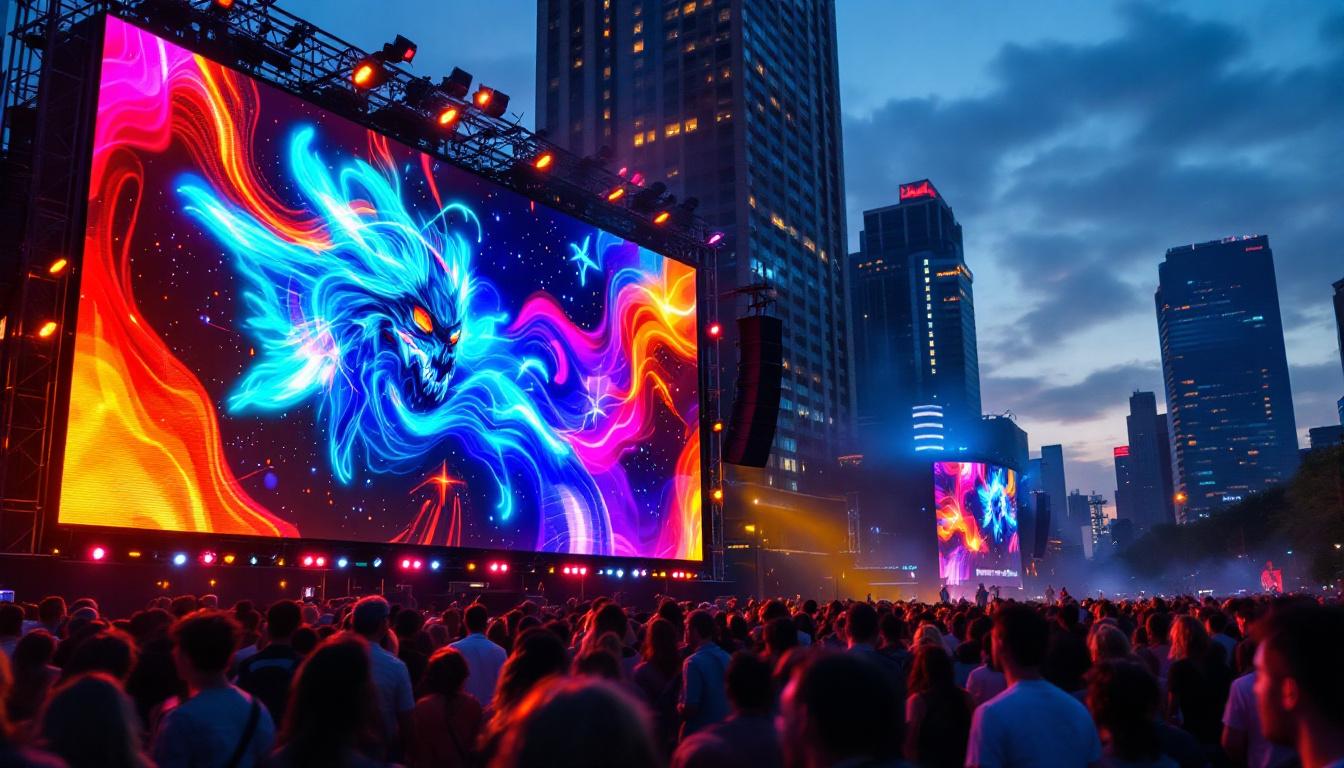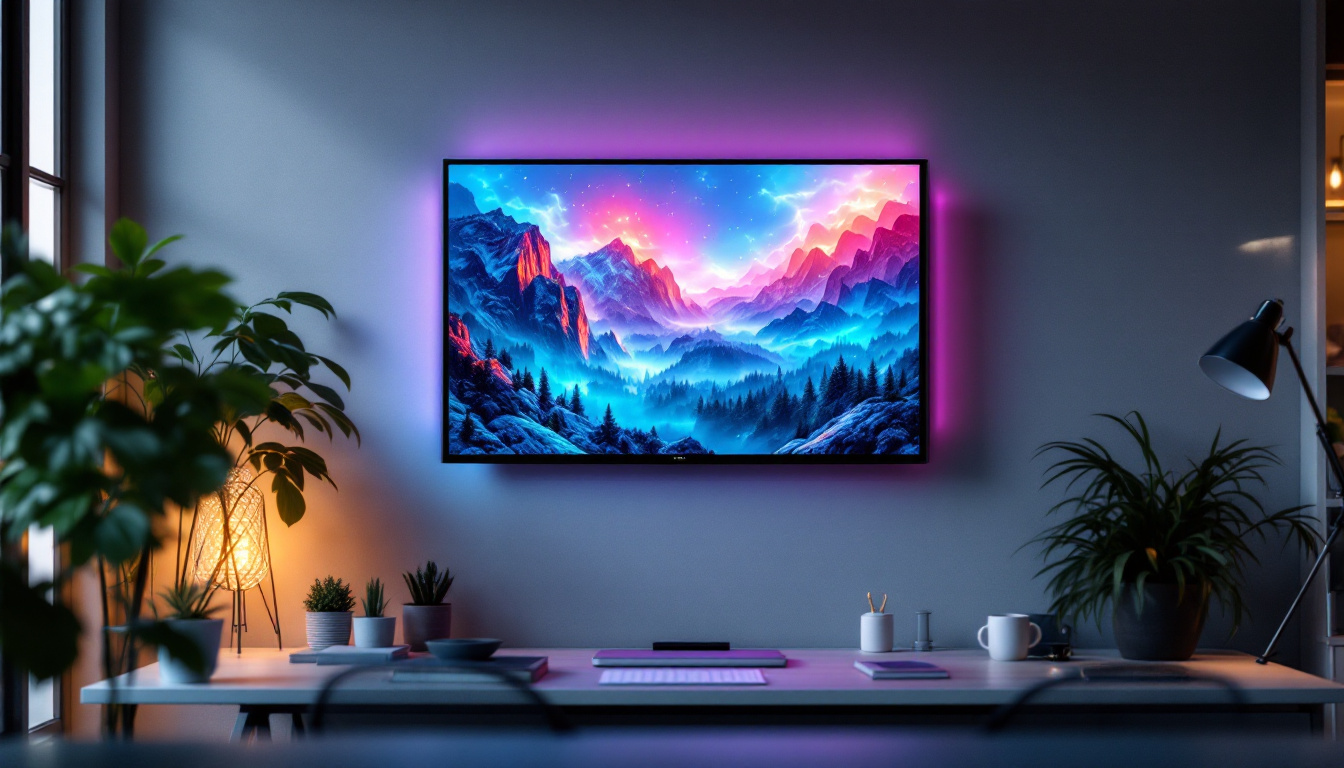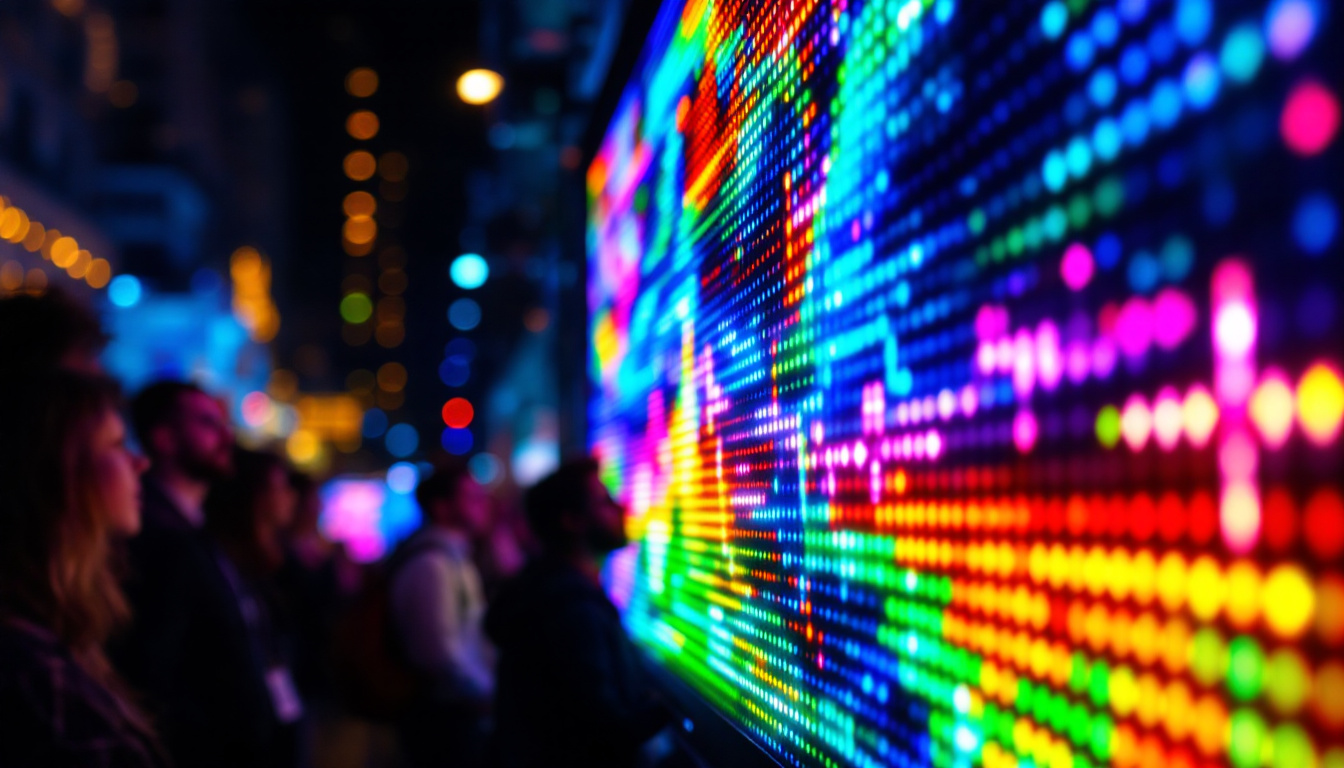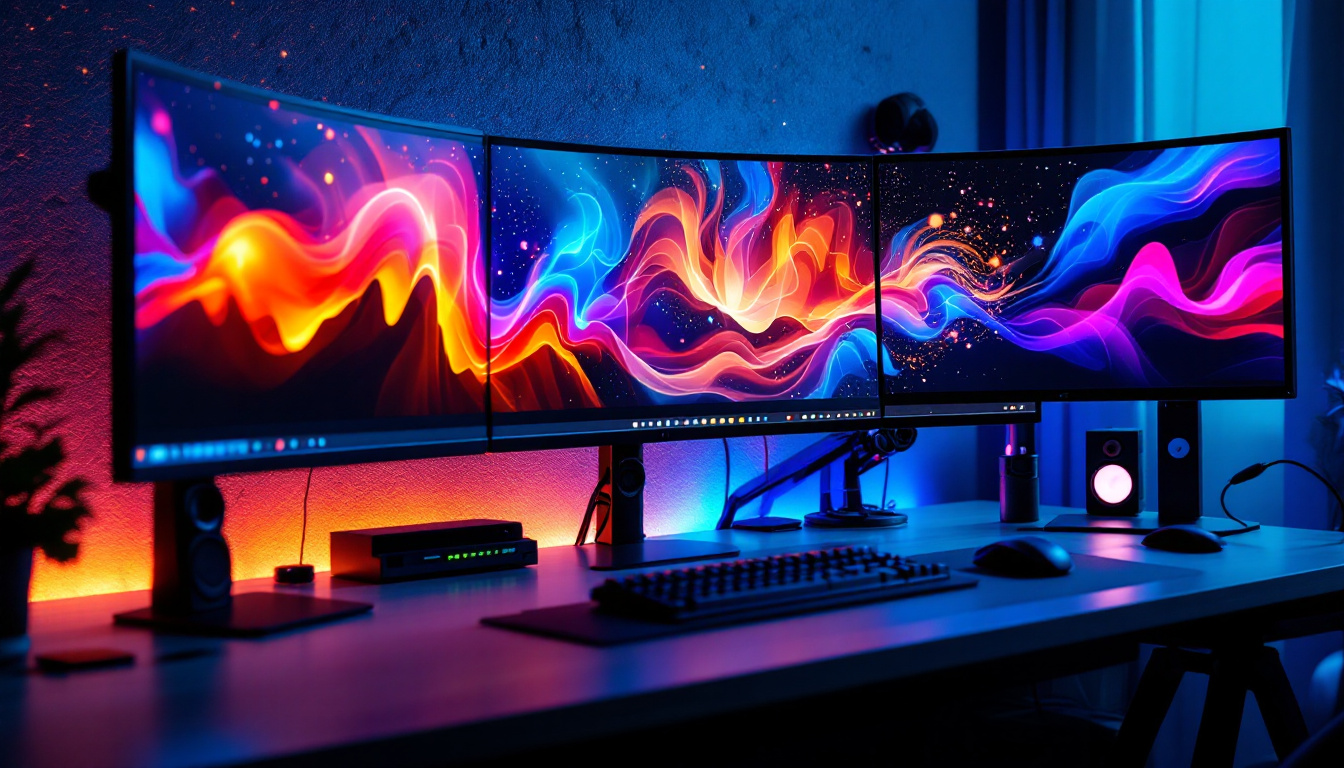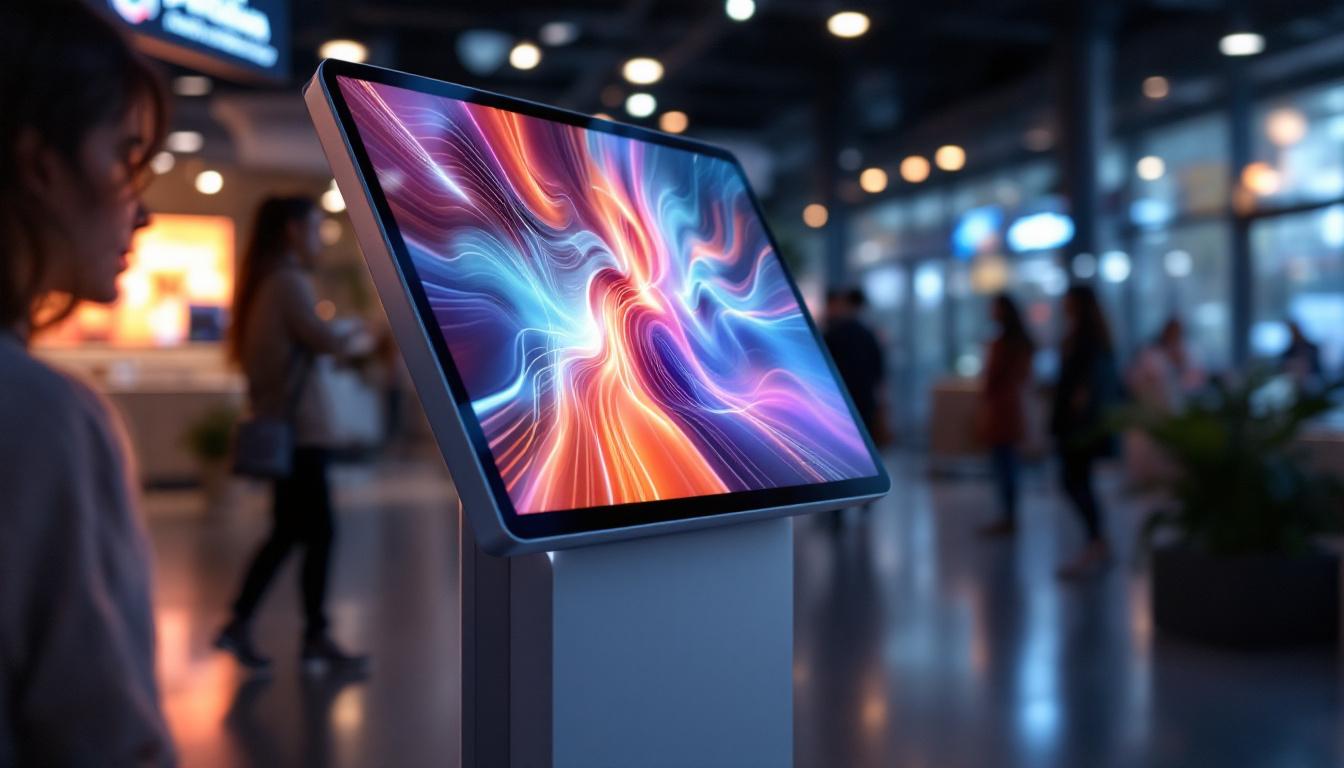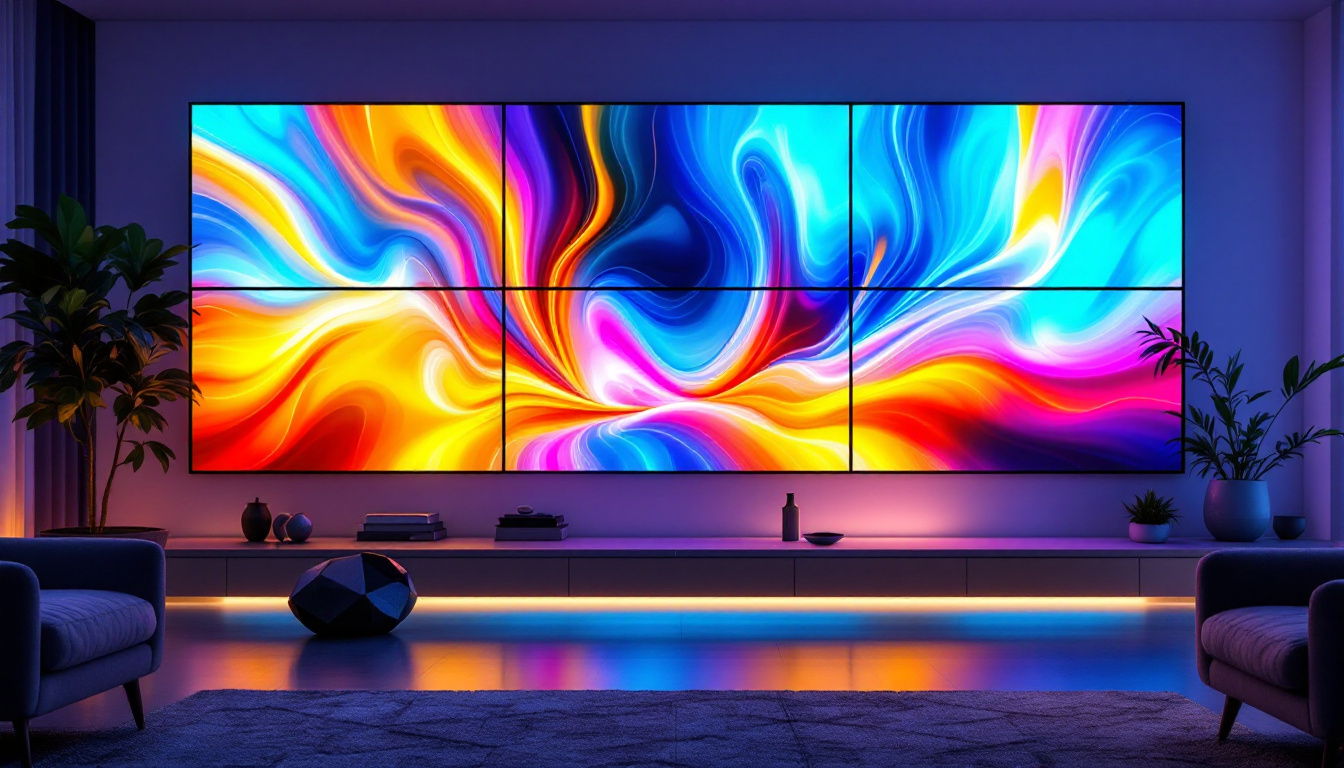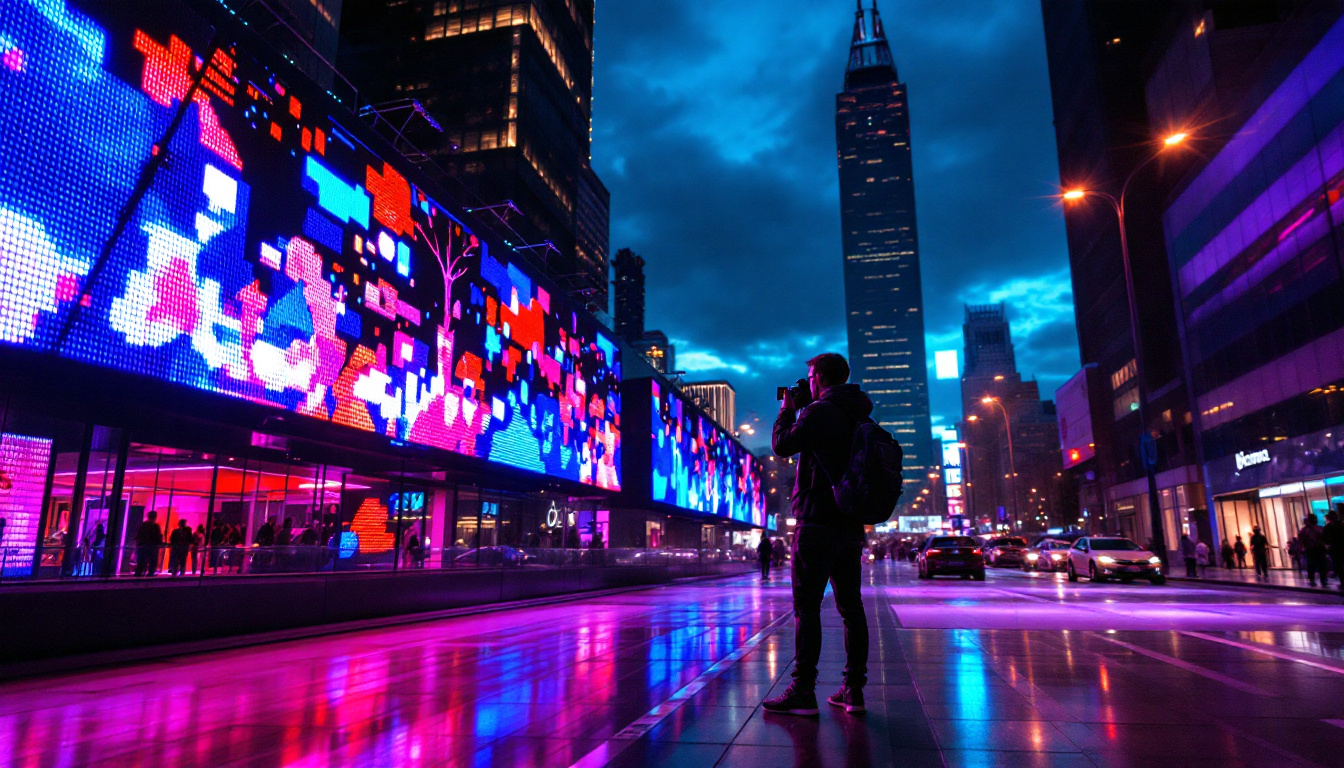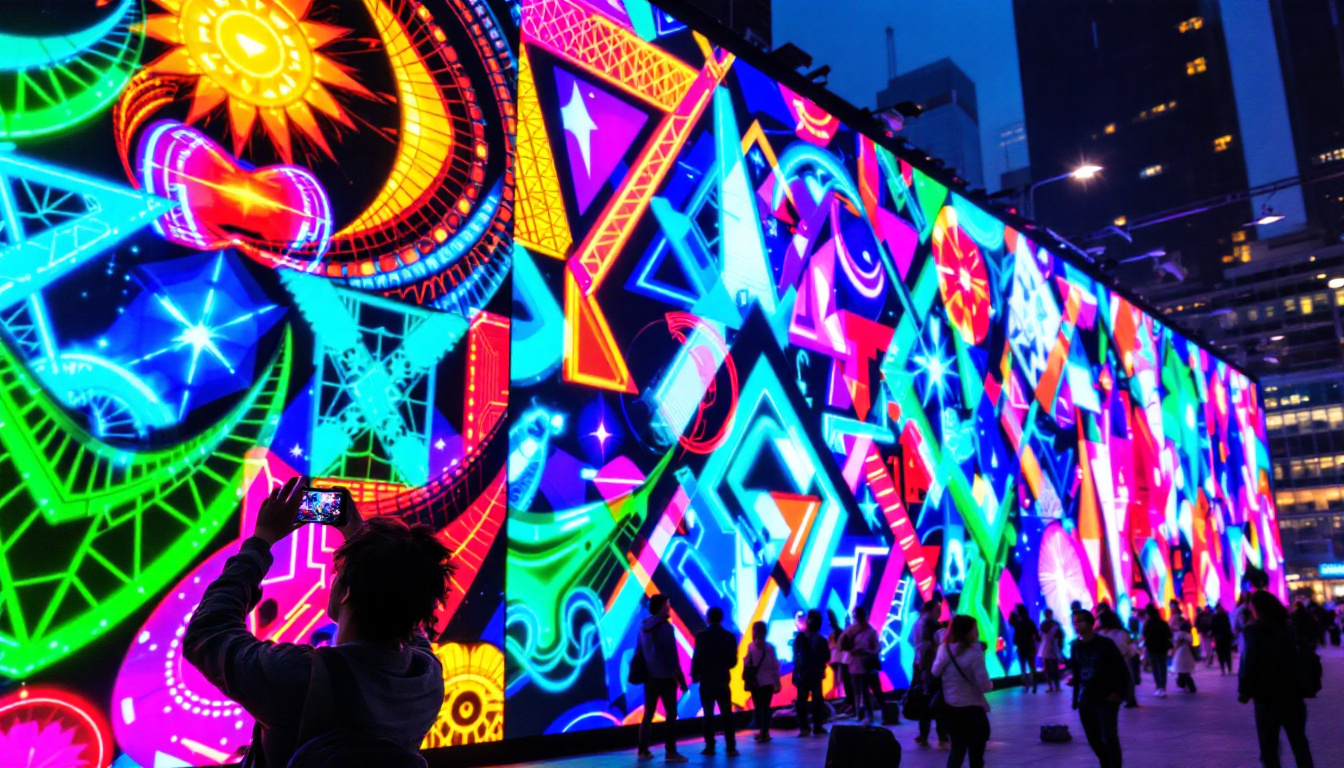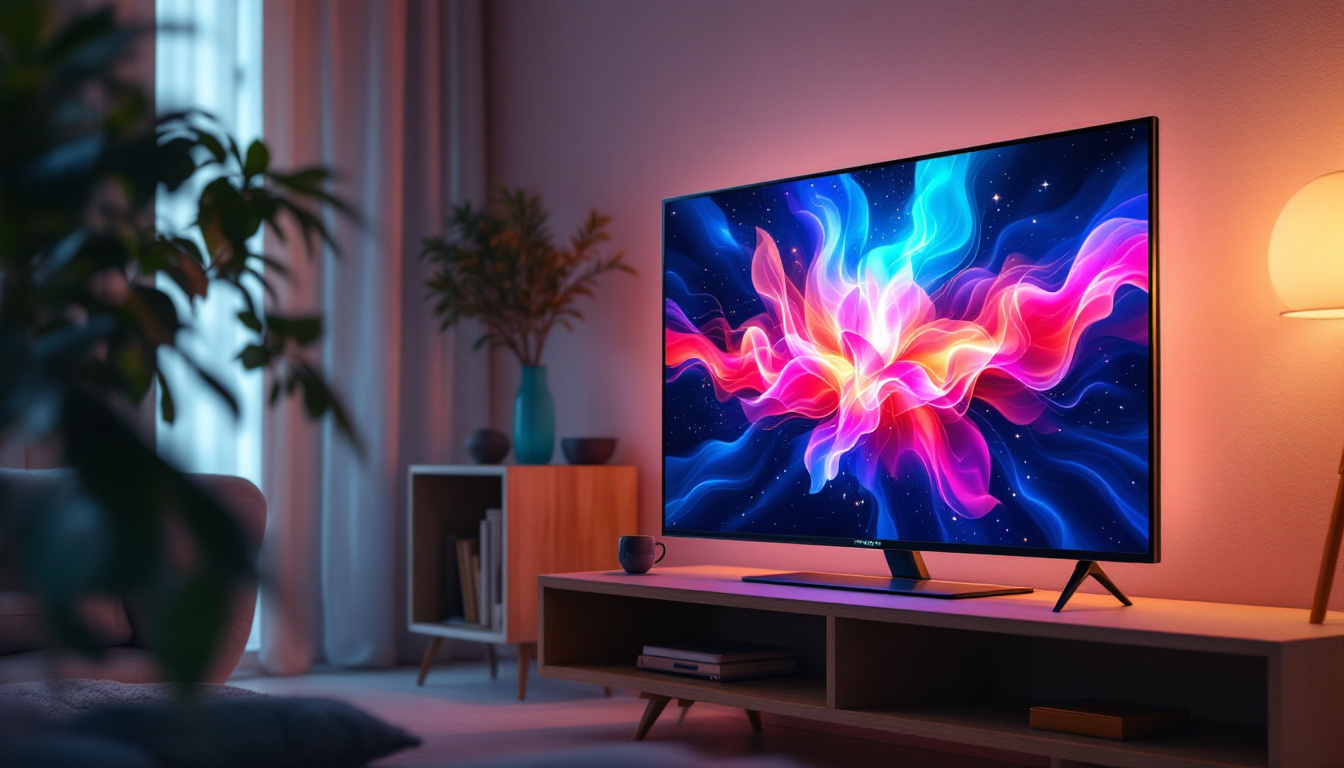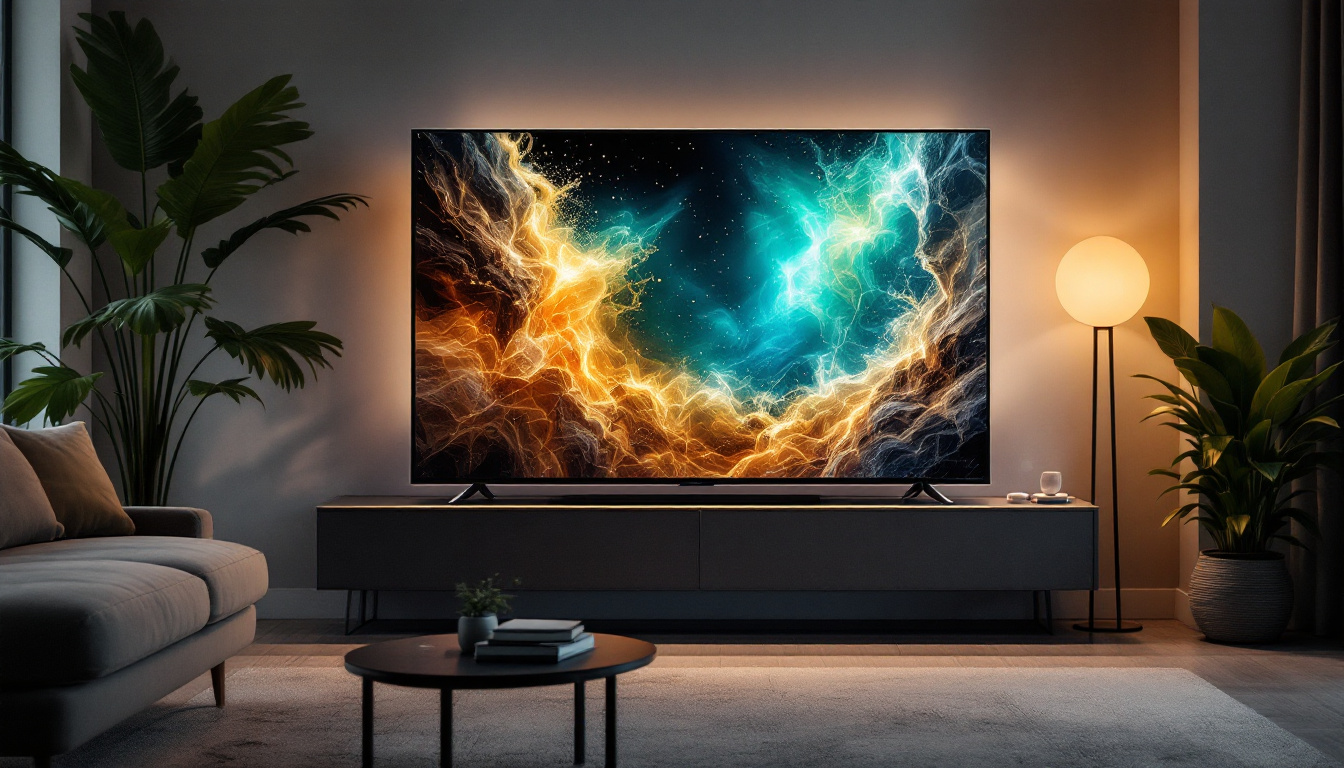In the world of visual displays, LED technology has revolutionized the way we experience images and videos. Among the various applications of LED technology, the LED cinema light box stands out as a versatile and effective tool for both commercial and personal use. This article delves into the intricacies of LED cinema light boxes, exploring their features, benefits, and applications.
Understanding LED Technology
LED, or Light Emitting Diode, is a semiconductor device that emits light when an electric current passes through it. This technology has gained immense popularity due to its energy efficiency, longevity, and versatility. Unlike traditional incandescent bulbs, LEDs consume significantly less power and have a much longer lifespan, making them an ideal choice for various lighting applications. With advancements in LED technology, the range of uses has expanded from simple household lighting to complex architectural installations and even automotive lighting, showcasing their adaptability in modern design.
How LEDs Work
The basic principle behind LED technology involves electroluminescence, where electrons recombine with holes within the device, releasing energy in the form of photons. This process is highly efficient, resulting in minimal heat production compared to traditional lighting methods. The color of the light emitted can be adjusted by altering the materials used in the semiconductor, allowing for a wide range of color options. Furthermore, the development of RGB (Red, Green, Blue) LEDs has enabled the creation of millions of colors through additive color mixing, making them a favorite in applications such as stage lighting and decorative displays.
Advantages of LED Displays
LED displays offer numerous advantages over conventional display technologies. They are known for their high brightness levels, which make them suitable for both indoor and outdoor environments. Additionally, LED displays provide excellent color accuracy and contrast ratios, ensuring that images appear vibrant and lifelike. Their lightweight and slim design also make them easy to install and transport. Beyond these benefits, LED displays are also more environmentally friendly, as they contain no toxic materials like mercury, and their energy efficiency contributes to lower carbon footprints. This eco-friendly aspect is becoming increasingly important as consumers and businesses alike seek sustainable solutions in their lighting and display choices.
Moreover, the durability of LED technology cannot be overlooked. Unlike traditional screens that may suffer from burn-in or require frequent maintenance, LED displays are robust and designed to withstand various environmental conditions. This resilience makes them particularly appealing for use in public spaces, such as billboards and transit stations, where they can operate continuously without significant degradation. As technology continues to evolve, the integration of smart features into LED displays, such as connectivity and interactivity, is paving the way for innovative advertising and information dissemination methods, further enhancing their utility in modern society.
The LED Cinema Light Box: A Closer Look
The LED cinema light box is a specialized display that utilizes LED technology to create dynamic and eye-catching visuals. These light boxes are often used in cinemas, theaters, and advertising spaces to showcase movie titles, promotions, and other relevant information. Their ability to capture attention and convey messages effectively makes them a popular choice for businesses.
Features of LED Cinema Light Boxes
LED cinema light boxes come equipped with a variety of features that enhance their functionality. One of the most notable features is their customizable design, allowing users to change the content displayed easily. This flexibility is particularly beneficial for cinemas that frequently update their movie listings or promotional materials.
Another significant feature is the energy efficiency of LED technology. LED light boxes consume less power than traditional neon or fluorescent displays, resulting in lower operational costs. Furthermore, many models are designed with durability in mind, ensuring they can withstand the rigors of daily use in busy environments. Some advanced models even incorporate smart technology, allowing for remote updates and scheduling through mobile apps or web interfaces, making it easier for businesses to manage their displays efficiently.
Applications of LED Cinema Light Boxes
LED cinema light boxes find applications in various settings beyond traditional cinemas. They are increasingly used in retail environments to promote products and sales. The bright, eye-catching displays can attract customers’ attention and encourage impulse purchases. Additionally, event organizers use LED light boxes to provide information about schedules and activities, enhancing the overall experience for attendees.
Moreover, these light boxes can be utilized in educational settings, where they can display important announcements or highlight student achievements. Their versatility makes them suitable for a wide range of industries, from hospitality to healthcare. In restaurants, for example, LED light boxes can be used to showcase daily specials or seasonal menus, creating an inviting atmosphere that draws in diners. Similarly, in healthcare facilities, they can serve to inform patients about health programs or upcoming community events, ensuring that vital information is communicated effectively.
Choosing the Right LED Cinema Light Box
When selecting an LED cinema light box, several factors should be considered to ensure that it meets specific needs and requirements. Understanding these factors can help businesses make informed decisions and maximize their investment.
Size and Dimensions
The size of the LED cinema light box is one of the first considerations. Depending on the location and intended use, businesses may require larger displays for outdoor visibility or smaller ones for indoor settings. It is essential to measure the available space and choose a size that fits well without overwhelming the area. Furthermore, the aspect ratio of the light box can also play a crucial role in how the content is displayed. A wider format might be more suitable for cinematic posters, while a more square design could be ideal for promotional graphics that require a more compact presentation.
Brightness and Resolution
Brightness is another critical factor to consider. LED displays are available in various brightness levels, measured in nits. For outdoor applications, a higher brightness level is necessary to ensure visibility in direct sunlight. Additionally, the resolution of the display affects the clarity of the images and text. Higher resolution displays provide sharper images, making them ideal for detailed graphics and text. It’s also worth noting that the viewing distance plays a role in determining the necessary resolution; displays viewed from afar may not require as high a resolution as those viewed up close, allowing businesses to tailor their choices based on the expected audience proximity.
Customization Options
Customization options are vital for businesses that frequently update their displays. Some LED cinema light boxes come with programmable features, allowing users to change the content remotely. This capability is particularly beneficial for cinemas that need to update movie listings or promotional materials quickly. Additionally, businesses should consider whether the light box allows for easy content uploads and modifications. Advanced models may even offer integration with social media platforms, enabling real-time updates and audience engagement through interactive content. This feature can significantly enhance the marketing strategy by providing dynamic and relevant information that resonates with viewers, keeping the cinema’s offerings fresh and appealing.
Installation and Maintenance
Proper installation and maintenance of LED cinema light boxes are crucial to ensure optimal performance and longevity. Understanding the installation process and maintenance requirements can help businesses avoid common pitfalls.
Installation Guidelines
Installing an LED cinema light box typically involves mounting it securely to a wall or stand. It is essential to follow the manufacturer’s guidelines to ensure safety and proper functionality. Depending on the size and weight of the display, professional installation may be recommended. Additionally, ensuring that the electrical connections are secure and compliant with local regulations is vital.
Maintenance Tips
Maintaining an LED cinema light box is relatively straightforward. Regular cleaning is essential to keep the display looking its best. Dust and dirt can accumulate on the surface, affecting visibility. Using a soft, damp cloth to clean the screen can help maintain clarity. Furthermore, it is advisable to check the electrical connections periodically and replace any faulty components to ensure uninterrupted operation.
Future Trends in LED Display Technology
The LED display technology landscape is continually evolving, with new advancements and trends emerging regularly. Understanding these trends can help businesses stay ahead of the curve and make informed decisions about their display solutions.
Smart Displays
One of the most significant trends in LED display technology is the rise of smart displays. These displays are equipped with internet connectivity and can be integrated with various software applications. This integration allows for real-time updates, remote management, and interactive features that enhance user engagement. Businesses can leverage smart displays to create dynamic content that resonates with their audience.
Sustainability Initiatives
As environmental concerns continue to grow, many manufacturers are focusing on sustainability initiatives. This includes using eco-friendly materials in the production of LED displays and implementing energy-efficient technologies. Businesses that prioritize sustainability in their display solutions can not only reduce their carbon footprint but also appeal to environmentally conscious consumers.
Enhanced User Experience
Another trend is the focus on enhancing user experience through improved display technologies. Innovations such as higher resolution screens, advanced color accuracy, and interactive features are becoming more prevalent. These enhancements allow businesses to create immersive experiences that captivate audiences and leave a lasting impression.
Conclusion
The LED cinema light box is a powerful tool that combines the benefits of LED technology with the flexibility of customizable displays. Its applications extend beyond traditional cinema settings, making it a valuable asset for various industries. By understanding the features, benefits, and trends associated with LED cinema light boxes, businesses can make informed decisions that enhance their visibility and engagement with audiences.
As technology continues to advance, the potential for LED displays will only grow, paving the way for innovative solutions that meet the evolving needs of consumers and businesses alike. Investing in an LED cinema light box is not just a choice for today; it is a step towards embracing the future of visual communication.
Discover LumenMatrix’s Innovative LED Solutions
Ready to elevate your visual display capabilities? LumenMatrix is at the forefront of LED display technology, offering a wide array of solutions that transform any space into a dynamic visual experience. From Indoor and Outdoor LED Wall Displays to specialized options like Vehicle, Sports, and Floor LED Displays, our products are designed to captivate and engage. Embrace the future of visual communication with our Custom, All-in-One, and Transparent LED Displays. Check out LumenMatrix LED Display Solutions today and see how we can help your business shine brighter.


